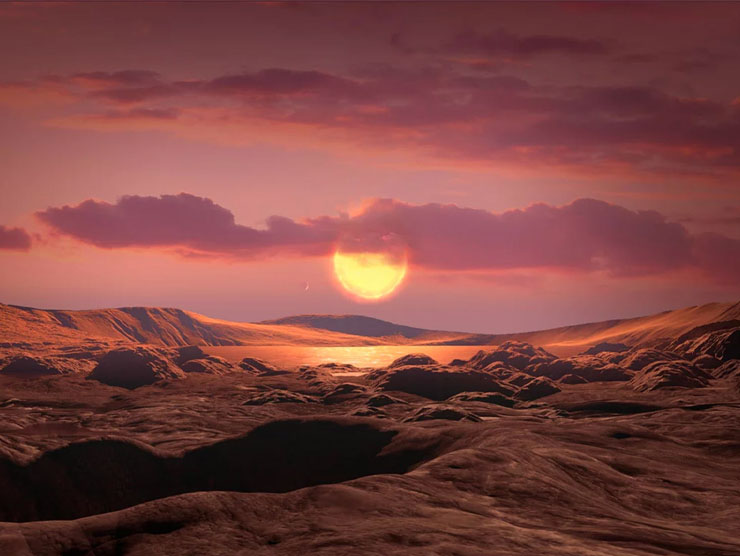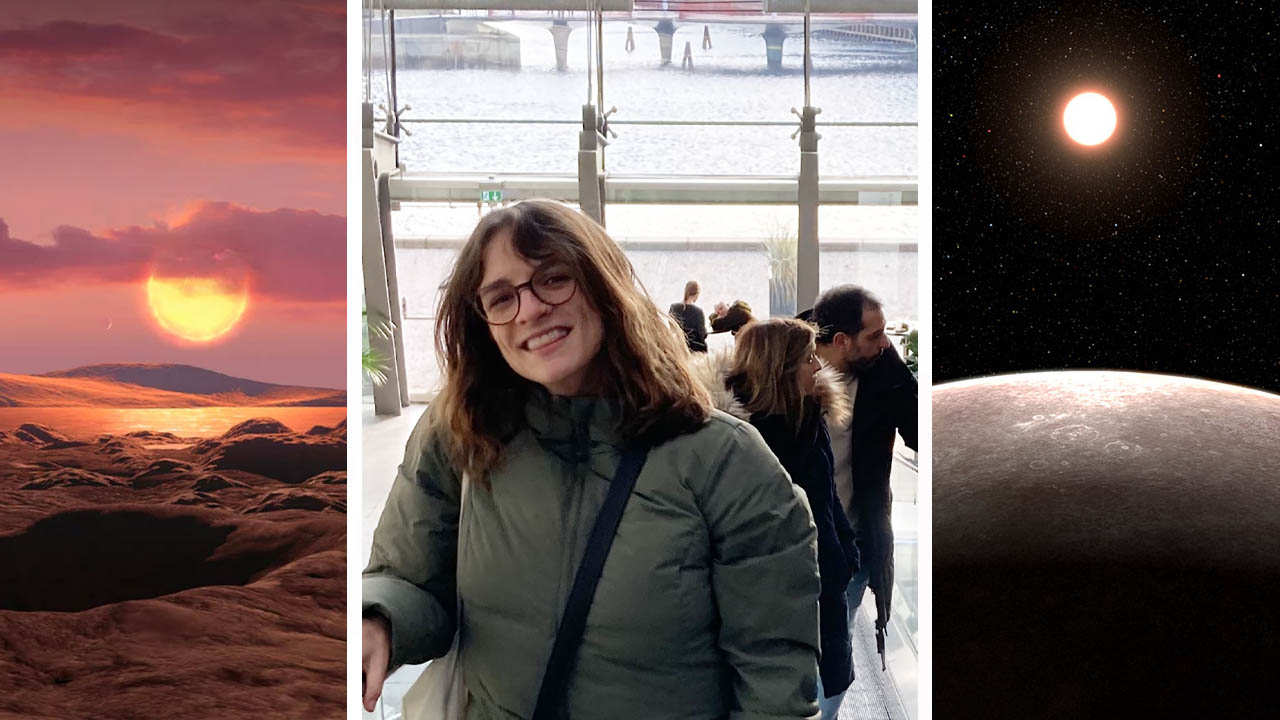We met Diana Kossakowski, astronomer at Max Planck Institute for Astronomy in Heidelberg (Germany). She is the principal author of the article published on Astronomy & Astrophystics, in which she describes the discovery of the exoplanet Wolf 1069 b. This last one is a planet 31 light-years away from Earth, and it is situated in the “habitable zone” of its star system, in the area where the life could form.
This discovery, led by Max Planck Institute for Astronomy, it would not have been possible without the enormous effort made by an international team, mainly composed of Germany, Spain and United States. The big astronomical discoveries can arrive only with a collaborative effort and, allover, when everyone has the same objective: in this case, to continue hunting for exciting planets out there.
To read the official article of the discovery, published onAstronomy & Astrophystics, click HERE.
How was your passion for exoplanets born? Which exoplanets surprised you most?
I have the classic story – I was sitting in the planetarium gazing at the stars flying past me and I was simply in awe. I got into physics and astronomy and the rest is history! My favorite exoplanet is Kepler 16b “where your shadow always have company” because it orbits two stars (in a binary system). There’s a really cool NASA poster of it hanging on my wall.
How did you manage to discover “Wolf 1069 b”? How did you know it was a rocky planet?
It was a bit of luck and hard work. We had an insider tip that perhaps there could be a planet orbiting Wolf 1069 but it was still unclear at the time, but we took lots of observations with the CARMENES spectrograph anyway and stumbled upon the planet.
We use the radial velocity (RV) method in order to obtain the minimum mass of the planet. The basic concept behind this is that the planet induces a gravitational tug onto its host star, causing the star to have a “wobble” effect towards the observer (us). Hence, the light from the star (as a spectrum) appears redder or bluer, and these variations are exactly what we measure. So the planet is indirectly detected.
But because this is such a small signal, planet hunting is no joke! (no easy task!). The instrumentation over the years has improved tremendously that we also pick up unwanted signals (due to the activity of the star itself, or due to the Earth’s atmosphere) such that we have to be careful when analyzing the data.
We cannot say with 100% certainty that the planet is indeed rocky. But it should be safe to assume based on other planets we already found and what we already know.

Credits: NASA/Ames Research Center/Daniel Rutter
Is the star Wolf 1069 different from our Sun? Not all the stars are the same, so does each star give off different radiation?
Wolf 1069 is a red dwarf star (also known as an M dwarf) and this type of star is the coolest and smallest kind of star, so it’s around one sixth of the mass and radius of our own Sun. They do appear more orange or redder (hence the name red dwarf) because they radiate more towards the redder wavelengths. They’re actually the most common in our galaxy (more than 75% of all stars) though they’re also the dimmest which can make observing them quite difficult! Wolf 1069 was observed quite heavily with the CARMENES spectrograph, for which we just recently publicly announced a huge data release, showing that there should be at least one planet around these red dwarfs.
We (CARMENES) team wanted to turn our attention towards these slow burners (M dwarfs) because it is easier to detect Earth-like planets in the habitable around them because the signal is more prominent (higher planet-to-star mass ratio) and the habitable zone is closer to the host star (thus the orbital period of the planet is shorter).
What are the characteristics of the atmosphere of “Wolf 1069 b”? In your opinion, is it perfect to support life?
This we can’t say with 100% certainty as we aren’t able to directly observe its atmosphere with today’s technology. I really hope in 20, 30 years we will be able to! But with theoretically climate models, we see that with a variety of different atmospheric compositions, it looks like the planet can be quite habitable (assuming it retained an atmosphere). This type of study is being currently investigated in further detail by our American colleagues, so stay tuned for their upcoming results!
Currently how many planets are there that can host life? In your opinion, when will we have proof of the presence of life?
Tough question. It must be that there has to be at least one planet out there that can host life! Otherwise the alternative of us being truly alone is quite eerie. Have we found it? Not yet. Stay tuned.
I think it’s great to stay optimistic! Who knows, 10 years, 20, 30 years? 30 years ago we haven’t had any detected exoplanets and now we have more than 5000. We might be there sooner than we expect, we just have to keep searching.

